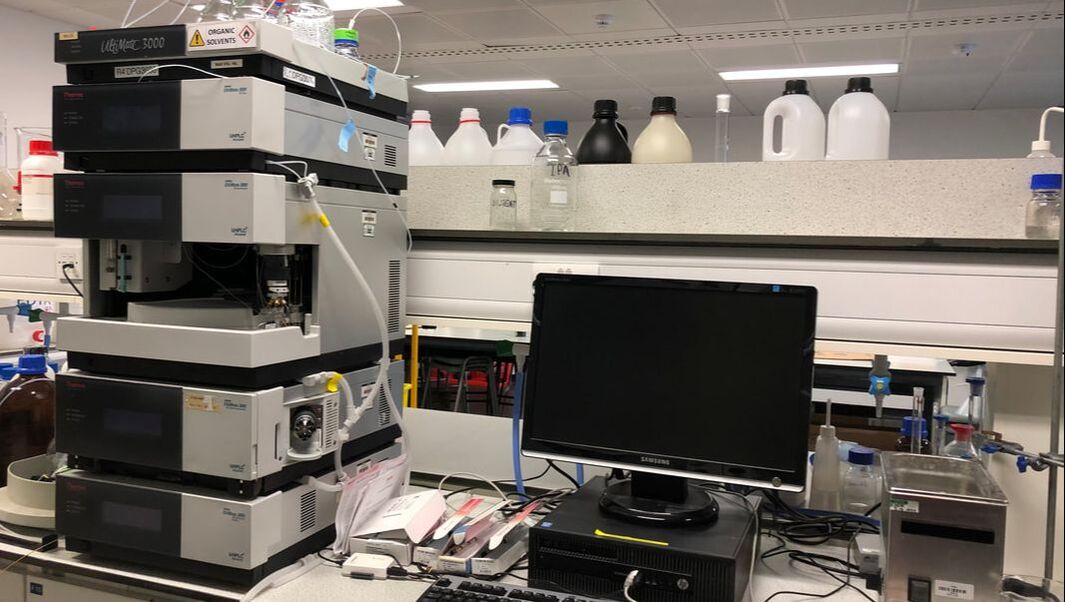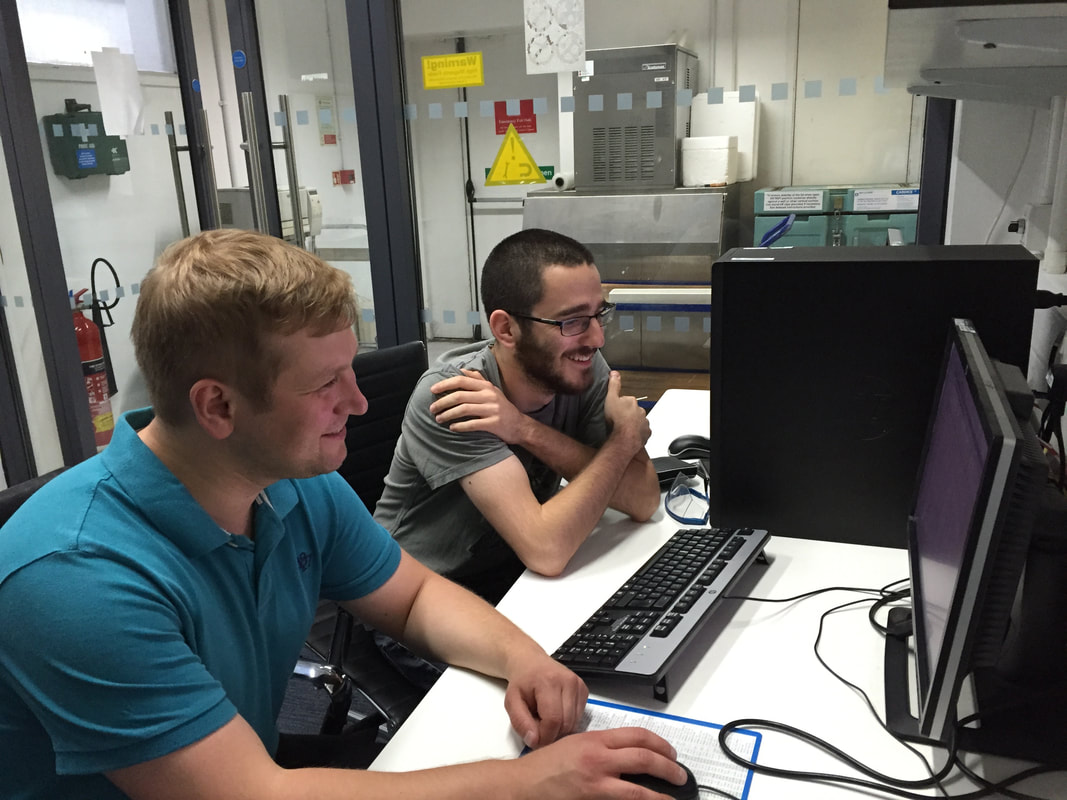CHEM386 - Further Analytical Chemistry (year 3)
|
Module staff:
Dr. Konstantin Luzyanin (module leader) Dr. Cate Cropper Dr. Jonathan A. Iggo This module is strategically connected with elements of the Curriculum 2021 framework encompassing: Research-connected teaching (feeds current research into the syllabus, see my research group webpage above) Active learning (collaborative and reflective activities to help students to construct knowledge and build independence) Authentic assessment (assess students using tasks that mirror those they might undertake as professionals) |
Module aims
To provide the students with a knowledge of the principles of structural elucidation and application of various spectroscopic and spectrometric analytical techniques for identification and structural characterization of small molecules. This module will include the fundamental principles of selected instrumental analytical techniques (solution NMR spectroscopy, mass-spectrometry, separation and hyphenated techniques) in the context of their application for structural analysis in synthetic organic chemistry and catalysis. Learning outcomes Having successfully completed this module students will be able to: 1) Apply the principles of structural elucidation for identification and characterization of organic compounds 2) Demonstrate awareness of the theoretical concepts and application of NMR spectroscopy, mass-spectrometry (MS), chromatography (GC/HPLC), and hyphenated techniques GC/HPLC-MS in the context of structural elucidation in synthetic chemistry and catalysis 3) Devise an appropriate method or a multi-technique approach in order to establish the structure of organic compounds and/or confirm their authenticity 4) Improve their confidence in scientific communication and presentation of data to subsequently enhance their employability skills. Skills Having successfully completed this module students will acquire the following skills: 1) Students will develop their chemistry-related cognitive ability and skills, relating to intellectual tasks, including problem solving as required by the Chemistry subject benchmark statement 2) Students will improve their confidence in scientific communication and develop presentation skills of analytical data. |
|
Format of Delivery and Assessment
Delivery:
32 h lectures, 4x2 h workshops on problem solving, and 110 h of self-directed learning. Assessment: 1 written examination (70% mark), 4 problem(case)-based learning workshops with summary presentation in small groups (see example here, 4 x 5% each; one of them is peer-assessed by students and staff/demonstrators using feedback forms; three are assessed by demonstrators/staff only), 1 written course work (10% mark). |
Problem-based learning presentation
Typical problem(case)-based presentation aiming to distinguish three related organic compounds, both as individual substances and in a mixture
|
|
Additional Information in this file:
1. Syllabus 2. Recommended texts 3. Additional texts 4. Format of delivery and assessment |
Content of CHEM386 is linked to other modules, i.e. CHEM170/245/246/286 and provides a good starting point to analytical research projects in CHEM366/480 available in years 3 and 4.
| ||
(C) Dr. Konstantin Luzyanin, 2021.


